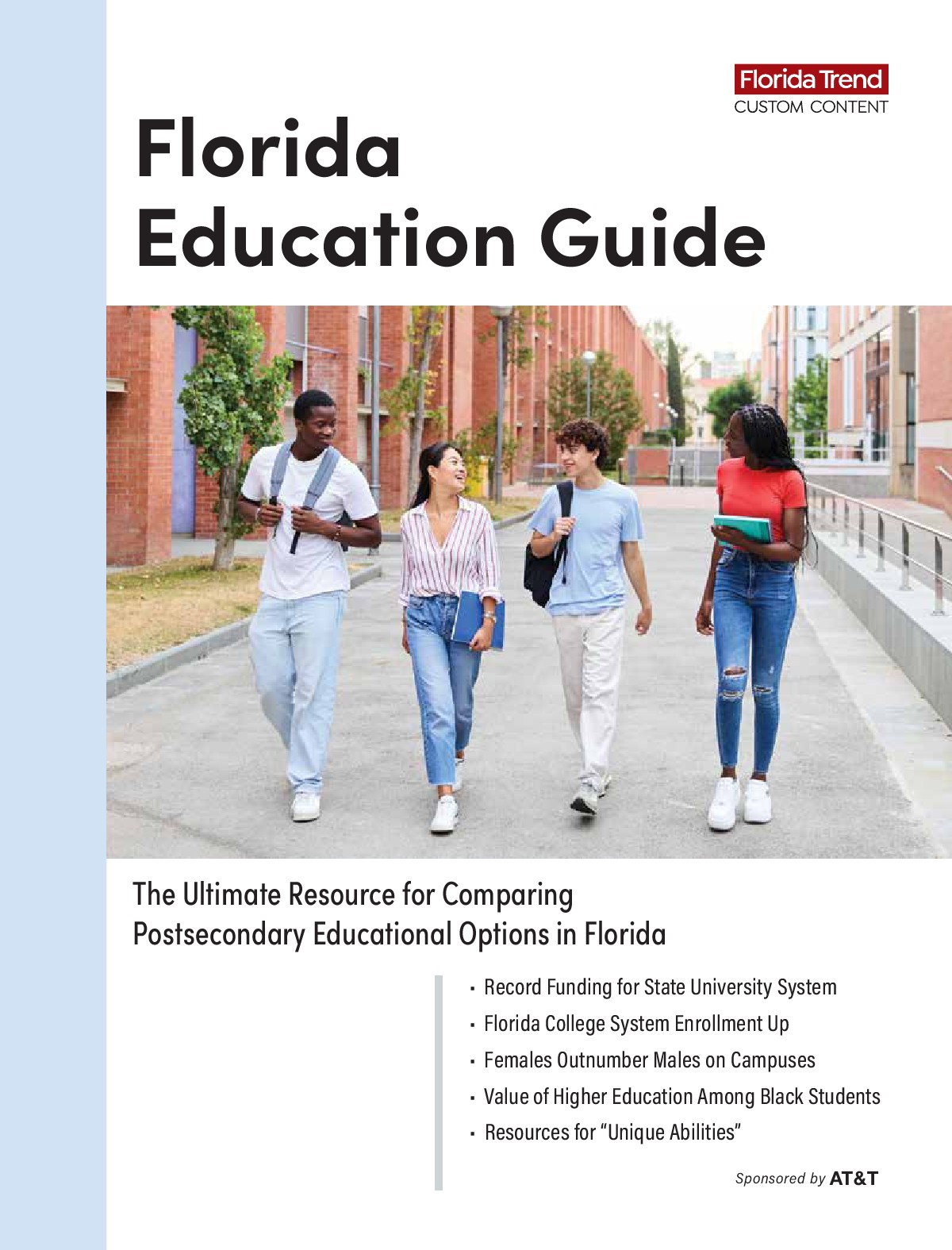The Great Florida Riverway
The Ocklawaha River is the heart of The Great Florida Riverway, a vast 217-mile system beginning at Lake Apopka, flowing north along the Ocklawaha River, past Silver Springs, and ending where the St. Johns River meets the Atlantic Ocean. The river was dammed as part of the failed Cross Florida Barge Canal in 1968, severing a popular boat route and natural migratory route for fish, manatees and other wildlife. The dam, which does not provide flood protection, water supply or power, destroyed 7500 acres of forested wetlands, 16 miles of river, 20 springs and significantly impacted Silver Springs undermining the resiliency of this vital system.
Ocklawaha River Restoration Improves Resiliency and Sustainability
Economists and scientists agree that reuniting this river system by breaching a portion of the Rodman/Kirkpatrick Dam is crucial to improving the sustainability and resiliency of the St. Johns and Ocklawaha Rivers, Silver Springs and the southeastern Atlantic Ocean fishery. “Florida TaxWatch supports the breaching of the Kirkpatrick Dam and the partial restoration of the natural flow of the Ocklawaha River,” stated Dominic Calabro, President, Florida TaxWatch. A River (No Longer) Runs Through It (floridataxwatch.org)
Improving the Economy of River Communities
Rodman Reservoir use has been on a downward trend since 2010. Economists project a 28 percent increase in the region’s visitation after restoration. Last year, Bassmaster tournament anglers complained about the significant loss in eel grass, important to bass habitat. The 2023 national tournament was moved to Lake Okeechobee. A recent scientific study by Seagrass Ecosystems Analysts indicated 90 percent of eel grass has been lost from Lake George to Green Cove Springs. Based on federal and state agencies data, reuniting the rivers would provide at least 150 million gallons a day of natural freshwater flow to the St. Johns River, enhancing an economically important fishery and regional tourism. It will help restore eel grass, push back saltwater intrusion and improve the overall water quality of the Ocklawaha and St. Johns Rivers.
Avoiding Dam Failure and Economic Loss
The State of Florida has acknowledged that hundreds of properties “were shown to be in potential harm’s way if the Rodman/Kirkpatrick Dam failed and the impounded water in the reservoir flowed downstream in an uncontrolled discharge.” Estimated impacts include 539 properties with a projected $57 million in property losses. Loss of life could also occur. Restoration of the Ocklawaha floodplain provides 7500 acres of safe, natural flood storage.
Three Rivers, 50 Springs, One Solution
The plan, identified by the State of Florida, is to implement partial restoration of the Ocklawaha River. Reuniting the rivers eliminates the risk of dam failure while providing economic, environmental, flood protection, resiliency, and recreation benefits. For more information and supporting research go to: GreatFloridaRiverway.com












